The Evolution of the LGBTQIA+ Movement: A Historical Perspective
Charting the Course of Change: Unraveling the Historical Milestones and Transformative Moments in the LGBTQIA+ Movement’s Journey Towards Equality and Acceptance
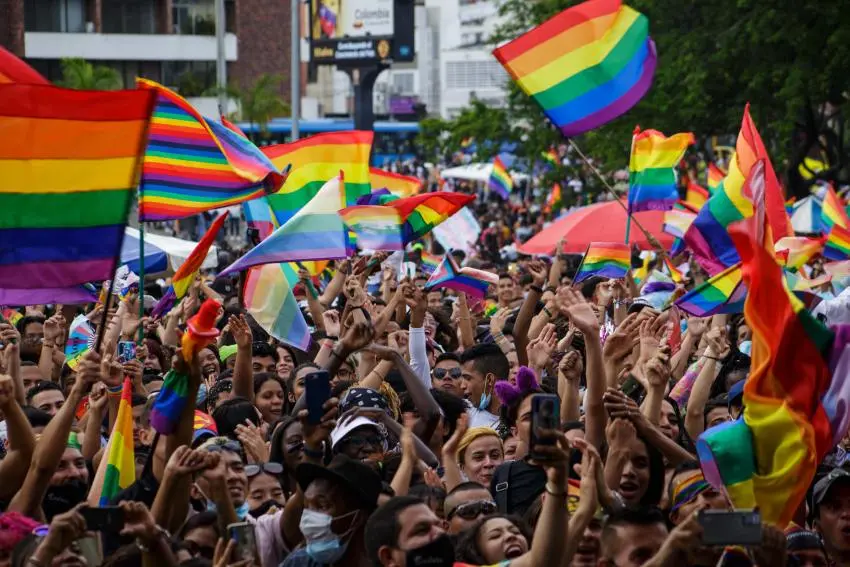
Delve into the rich history of the LGBTQIA+ movement, exploring its roots, milestones, and the influential figures who have shaped the ongoing fight for queer rights and recognition.
The LGBTQIA+ movement has been a pivotal force in shaping societal attitudes and policies regarding gender and sexuality. From the early days of clandestine organizations to the vibrant and diverse community we see today, the movement has undergone significant evolution. This article delves into the milestones and figures that have been instrumental in this evolution.
The Early Beginnings: Seeds of Change
In the early 20th century, the LGBTQIA+ community faced widespread discrimination and marginalization. However, small groups and organizations began to form, advocating for the rights and recognition of queer individuals. The Society for Human Rights, founded in 1924, is often considered the first gay rights organization in the United States.
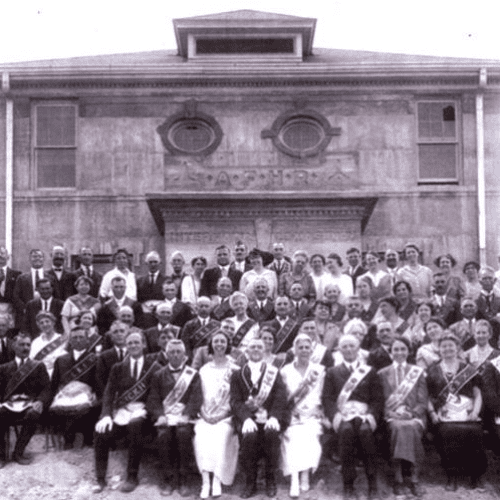
The Stonewall Riots: A Turning Point
The Stonewall Riots of 1969 marked a turning point in the LGBTQIA+ movement. When police raided the Stonewall Inn, a gay bar in New York City, patrons fought back. This event sparked widespread protests and is often credited with launching the modern LGBTQIA+ movement.
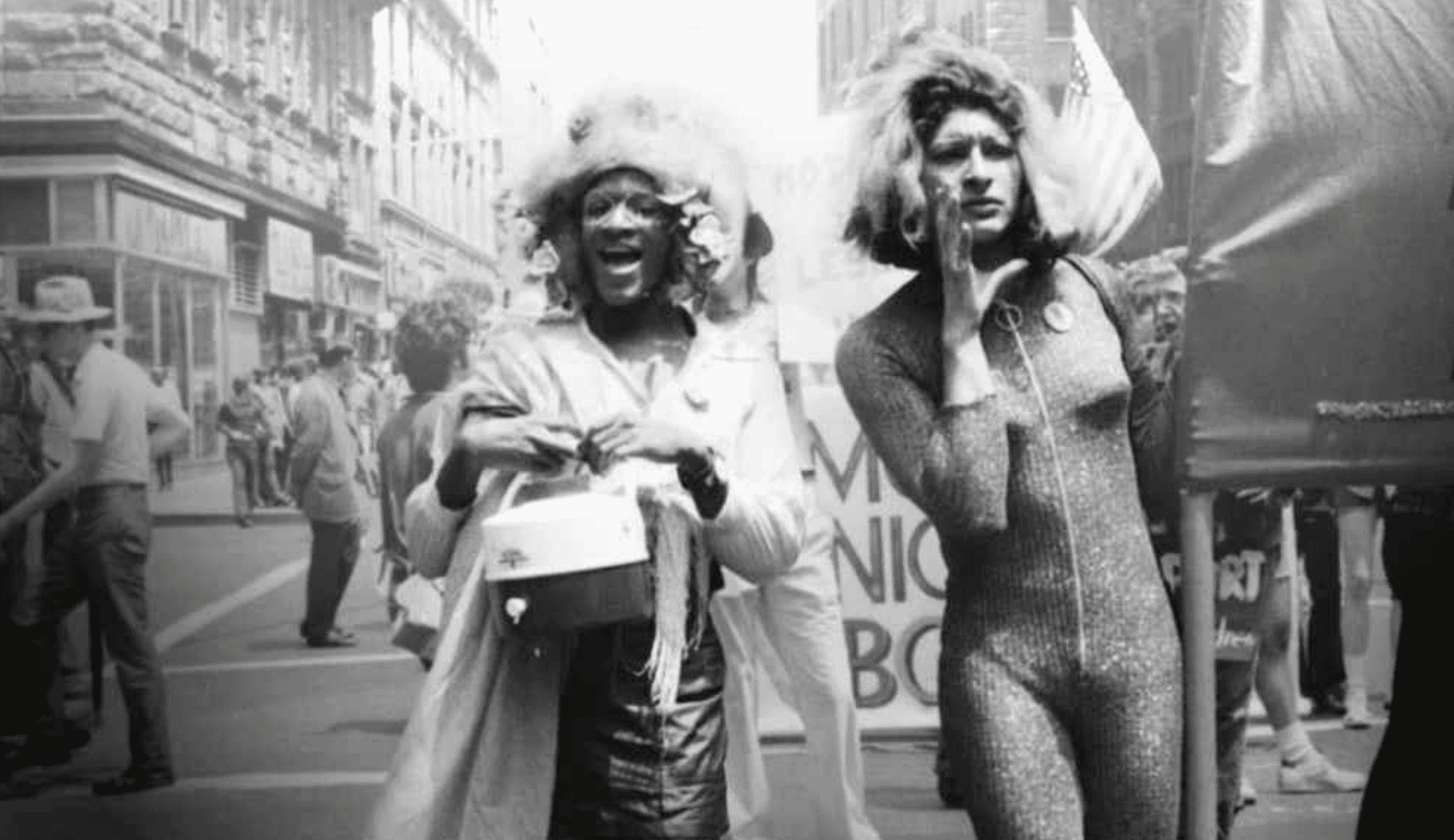
The Rise of Activism in the 1970s and 1980s: Taking a Stand
In the 1970s, the movement gained momentum with the establishment of pride parades and the increasing visibility of LGBTQIA+ individuals in the media. However, the 1980s brought new challenges with the AIDS epidemic, which disproportionately affected the gay community. Activist groups like ACT UP played a crucial role in advocating for research and treatment.

The Fight for Legal Recognition and Equality: A Legal Battle
The 1990s and 2000s saw significant legal advancements for the LGBTQIA+ community. In 2003, the U.S. Supreme Court decriminalized same-sex sexual activity. The fight for marriage equality was also a central focus during this period, culminating in the landmark Supreme Court decision in 2015 that legalized same-sex marriage nationwide.
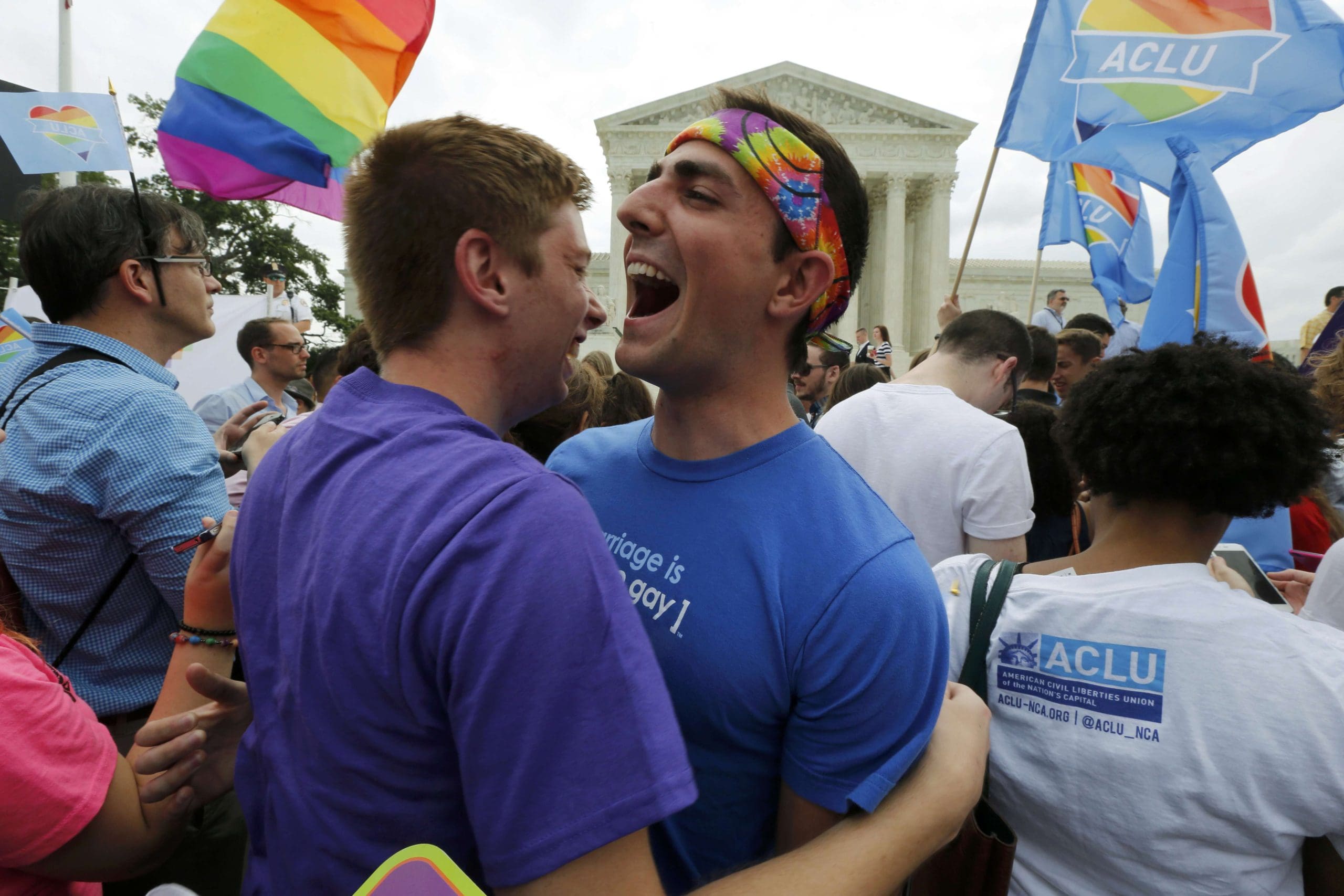
The Diverse Tapestry of the Modern LGBTQIA+ Movement: A Spectrum of Identities
Today, the LGBTQIA+ movement is a diverse tapestry that encompasses a wide range of identities and issues. The focus has expanded to include transgender rights, non-binary recognition, and intersectionality. Social media and the internet have also played a significant role in connecting the global queer community and amplifying marginalized voices.

Continuing the Journey Towards Inclusion: The Road Ahead
As society continues to evolve, so does the LGBTQIA+ movement. The focus is not just on rights but also on representation, acceptance, and celebrating the diverse identities within the community. The journey is ongoing, and the movement continues to adapt and grow in response to new challenges and opportunities.
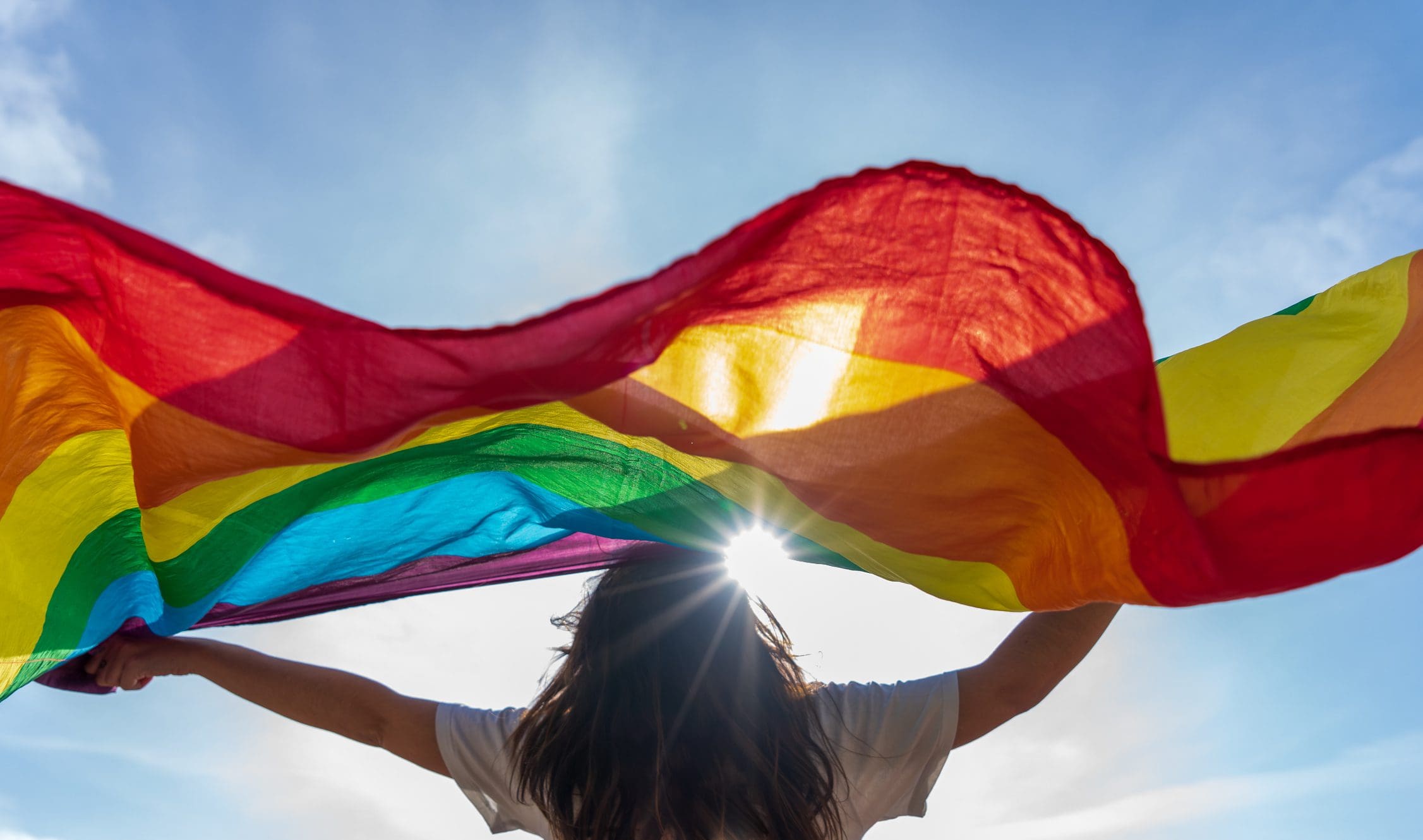
The LGBTQIA+ movement’s evolution is a testament to the resilience, determination, and spirit of the queer community. Through activism, advocacy, and raising awareness, the movement has been instrumental in advancing social change and creating a more inclusive and accepting society.

Comments are closed, but trackbacks and pingbacks are open.